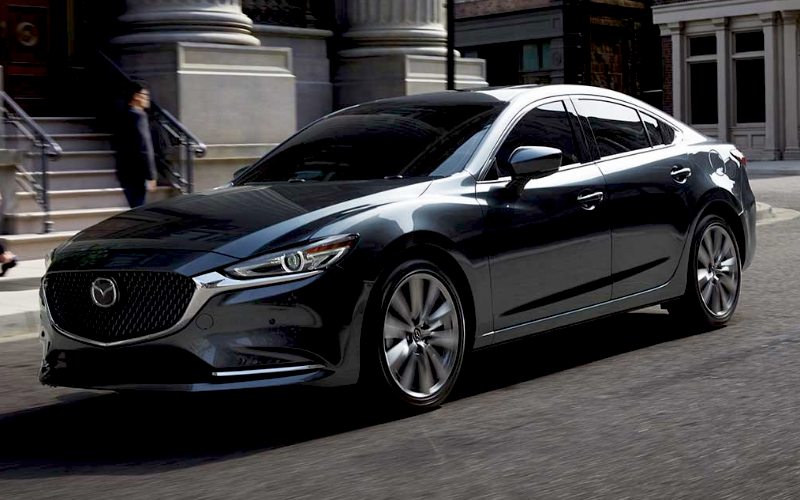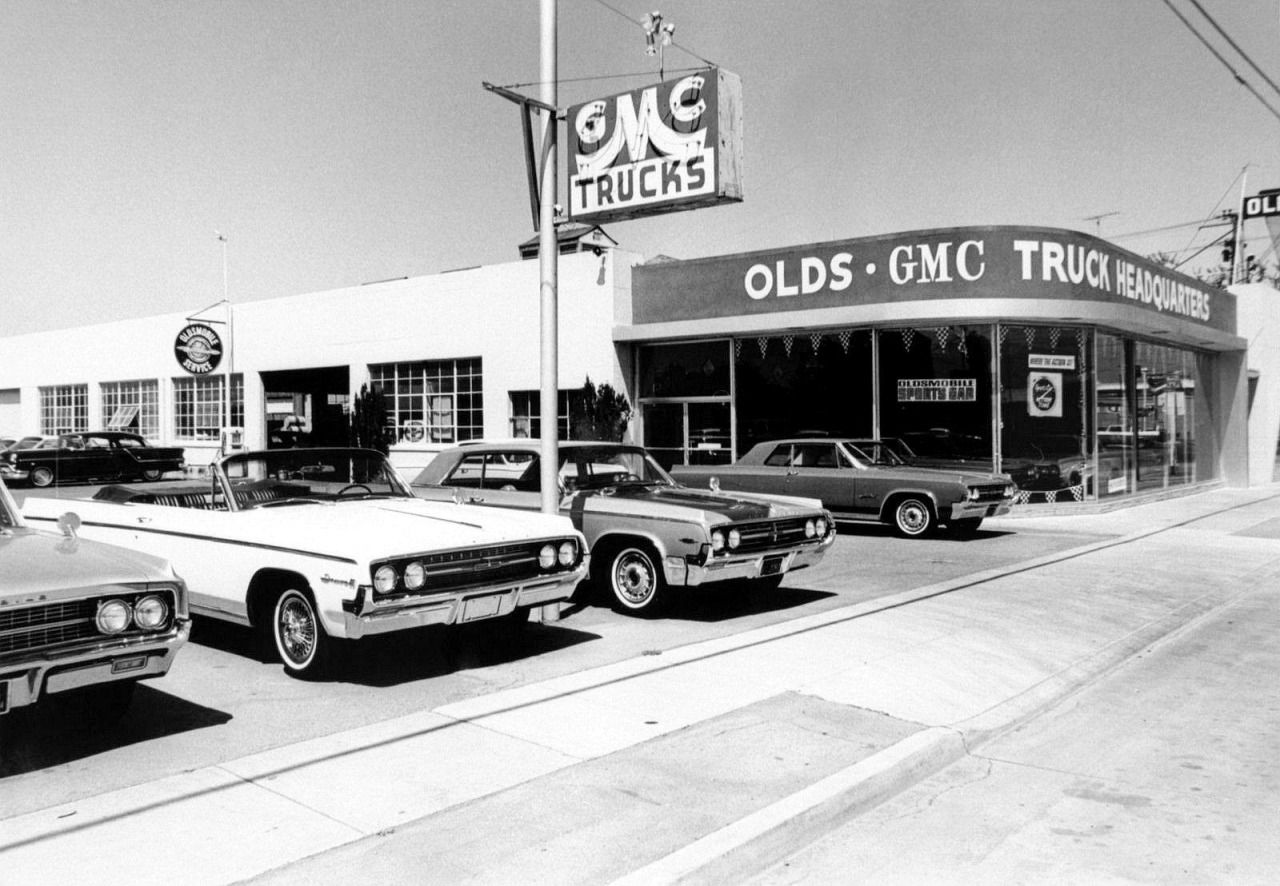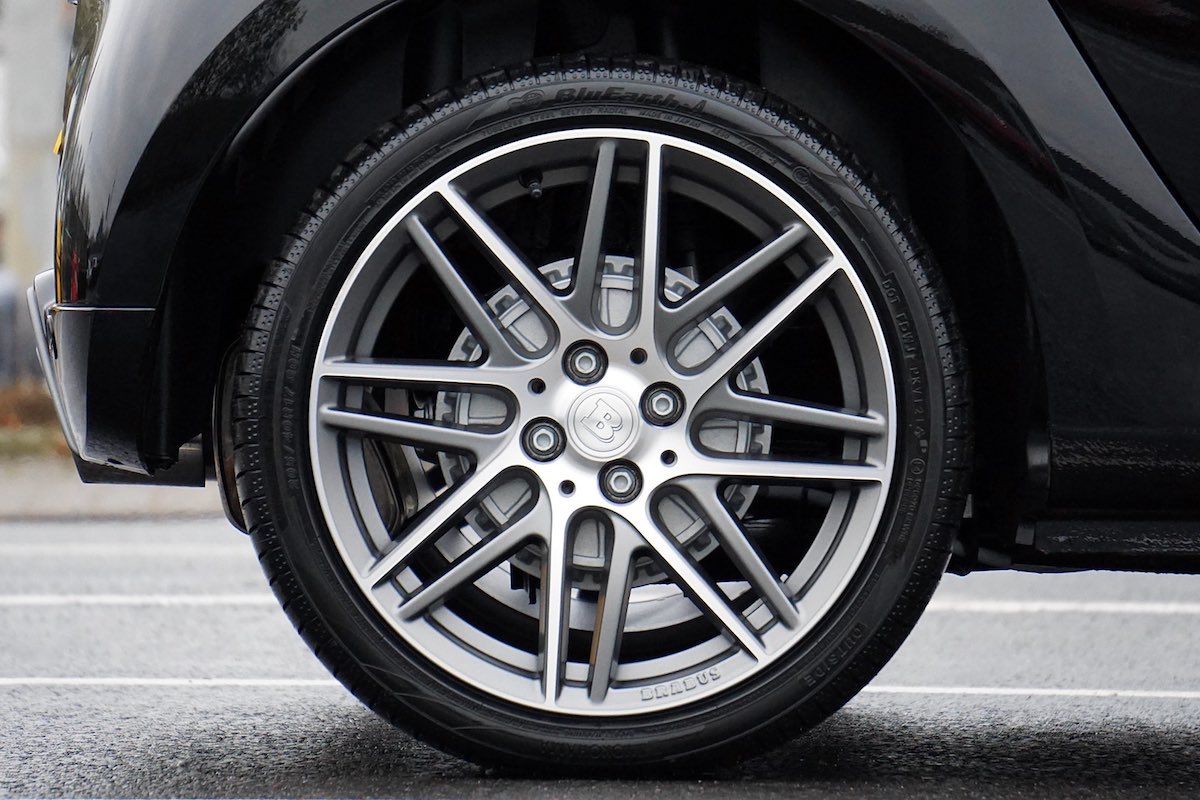With all the choice that exists out there, it’s quite natural that the first places to look for information is among the many car reviews. There are always many out there, on platforms big and small, and some in the form of comprehensive YouTube video introductions that include test drives.
It all adds to a lot of information and different points of view backed up with star ratings and other scoring systems, as well as the ubiquitous “what we like” and “what we don’t like” sections. The question we are exploring in today’s blog, however, is can you really trust any of these reviews at all?
Car Reviews: What’s the Problem?
The sheer volume of reviews out there suggests that there is always a mixed bag in terms of quality. The main problem people wonder about with car reviews is their objectivity. Online reviewers run in a competitive field and are all vying for the same eyeballs. The more “exclusive” your review appear, the more eyeballs you are likely to get. That does raise a question or two over objectivity.
For instance, if one YouTube based reviewer is offered access to the very latest model from a certain luxury car company before anyone else, will they really be completely objective? Or, is there a kind of quid pro quo that goes with getting an exclusive leg-up on the competition? This is an important question we want to answer today.
What are Car Reviews? Where Can You Find Them?
What Are Car Reviews?
Let’s start by first defining clearly what a “car review” constitutes for the purposes of our blog. When we refer to car reviews, we are talking about those given overviews of the advantages and disadvantages of a particular car model. Though presented largely as an objective review, the typical car review also contains at least some of the personal opinions of the reviewer and/or whatever network they represent. The end-goal of a car review, however, should be to provide fair commentary on the quality of any car model in various aspects with a mind to helping informing buyers on whether that car would suit their needs and wants.
That last part is the real key part of the review. Just as a public service news broadcaster had the original goal of informing the electorate on matters that might influence their decisions in the ballot box, so too should objective car reviewers provide useful information that would inform consumers about whether a car is a good purchase for them or not.
Where Can You Find Car Reviews?
Below we’ll look a bit more closely at some of the biggest review platforms:
YouTube:
YouTube has quickly become the primary go-to destination for many people looking for car information of all kinds, from “how-to” guides to simple detailing tricks and full-blown car reviews. In the wake of the global pandemic, YouTube has become an essential channel through which car manufacturers like VW, Tesla and others are making their most important announcements.
Car reviews are an extremely big and popular part of the automotive content on YouTube. Content creators from many countries cater to domestic and international audiences all keen to know more about the latest models that they are currently interested in buying. Among the most popular YouTube car review creators are:
- Shmee150 (UK – 2.26 million subscribers)
- Kelley Blue Book (US – 585,000 subscribers)
- Carwow (UK – 5.48 million subscribers)
- TheSmokingTire (US – 1.02 million subscribers)
- Edmunds (US – 300,000 subscribers)
- Top Gear (UK – 7.91 million subscribers)
- Raiti’s Rides (US – 505,000 subscribers)
- Matt Maran Motoring (US – 424,000 subscribers)
- RegularCars (US – 776,000 subscribers)
- Throttle House (CAN – 1.33 million subscribers)
- Doug DeMuro (US – 3.99 million subscribers)
- TheStraightPipes (CAN – 1.28 million subscribers)
- Redline Reviews (US – 832,000 subscribers)
The content put out by all these channels shares quite a few similarities. Many of these sites, while containing at least some other automotive content are still dominated by review videos. Some put a really unique spin on their channels by reviewing older cars, for example Doug DeMuro. He will get his hands on cars from the later 1990s or early 2000s and review them, often comparing them to what exists now, but mostly drawing attention to the many redeeming qualities of these older models. Check out the following review from DeMuro on the 2001 BMW 7 Series.
Some of the larger-scale channels like Carwow and Edmunds are focused on consumer information and contain a bit less of the “humor” factor, although Carwow’s main presenter, Mat Watson likes to inject his personal sense of humor into his reviews. The high number of subscribers has seen Watson able to get access to very exclusive models such as the Rolls-Royce Cullinan Black Badge.
The reviews on YouTube are often very comprehensive, ranging from 7-10 minutes at the low end, to as long as 40 minutes for the more in-depth revies. The advantage of getting reviews on YouTube seems to be being able to see the cars in action and not just relying on words and pictures written by a reviewer you might not know. One small drawback, however, is that it leaves some wondering how willing the reviewers are to be critical when they seem (like Carwow) to rely a lot on the good will of dealerships to lend them the cars to use in reviews. Much of the criticism in YouTube reviews tends to be tempered with mitigating factors, and then overshadowed with what they love.
Overall, however, YouTube is a great place to start looking for useful reviews on cars, how they run, what they look like in reality (and not just in the airbrushed ads) and their various features.
Edmunds:
When your car review experience wants to get down to the nitty gritty and the technical details, Edmunds’ website is a great place to start. As we mention above, they also have a YouTube channel, but for many the videos are no substitute for the detailed wealth of information available at Edmunds.com.
One of the more unique aspects of Edmunds reviews is the way that you can compare each model with its closest competition. The website prepared detailed side-by-side comparisons of competing models in terms of mileage, features, engine choices and many other factors. For example, if you were looking at the 2021 Toyota Highlander, then if you scroll down the information page, you’ll find how it compares to its competition, namely the 2021 Kia Telluride, the Hyundai Palisade, the Honda Pilot and others.
Besides these, you can check trim levels, features, prices, owner reviews, exterior, interior, tech, storage, gas mileage and a raft of other factors too. It’s nothing if not thorough, and arguably the most complete single online resource that you will find if you’re trying to get detailed reviews and related info on any particular model.
Car and Driver:
Car and Driver is the platform for those who don’t have time to trawl through all the detail and other nitty gritty that Edmunds like to post. The team and Car and Driver like to boil down the essential information of the car into a simple formula with introduction, “What’s new for <insert year>,” performance, interior, exterior, technology/infotainment and so on. Each section is typically short, just 1-2 paragraphs.
Car and Driver also like to use a “TL;DR” format (too long, didn’t read) where they tell you in their captions the “Highs” and the “Lows” and then their final verdict with a score out of 10. Another pleasing feature is that they show the pricing on different trim levels, indicate which one they tested and then make a considered recommendation that is designed to suit the average driver. They even include a “Specifications” pod at the end of the page which is a bit like a car’s window sticker.
As we say, Car and Driver is for those wanting to get good information in a quick and simple read. The site is consistent in providing both positives and negatives for every car, and is a good go-to for strong overviews. It’s not as useful for those wanting to get more into the technical details.
RepairPal:
This unique review site looks at one aspect above all others — maintenance. Where other sites are telling you all about how many inches the infotainment screens are, and how many different climate zones you can create inside the car, RepairPal wants to share three key pieces of information with you:
- How much is the average annual maintenance cost on this car model?
- How many visits per year on average will you have to make to the auto shop?
- What is the probability of maintenance jobs being severe in nature?
Based on these metrics, it will give each car a rating out of 5.0. Below is an example for the 2021 Toyota Camry:
- Cost: The 2021 Camry costs, on average, $388 annually in maintenance, which is lower than the average of $526 across all models in the midsize car category
- Frequency: Owners of the 2021 Camry will have to bring their vehicle for unscheduled repairs an average of 0.28 times per year, which is just under the average of 0.3 times for midsize cars.
- Severity: The probability that a repair will be severe is 11 percent, which is below the average of 12 percent for midsize cars.
The overall rating of the Toyota Camry is 4.0, placing it 3rd among 24 other midsize cars.\
This kind of information might feel limited to some, but there are many people out there whose professional lives depend massively on the mechanical reliability of their cars. When you are buying a car as a traveling salesman, or a long-distance commuter, or as someone who has to get kids to school or relatives to appointments on time all the time, then a reliable car is essential, and RepairPal reviews are the ones to watch.
RepairPal is built from the information it gathers from its large and growing network of partner shops. More and more auto shops are seeking to become part of the RepairPal network as a new sign of quality and reliability. There are currently more than 2,500 shops in the network, and our next list item, Consumer Reports, has even partnered with them to help consumers find reliable repair shops in their area.
The only real issue with RepairPal is in the somewhat limited nature of its content. It is focused so much on maintenance matters, that those looking for features, good looks and other aspects can’t get what they’re looking for.
Consumer Reports:
Finally, we come to Consumer Reports, probably one of the best-known platforms and one of only two in this list that isn’t exclusively dedicated to car-related content (the other being YouTube). When it comes to car reviews, Consumer Reports maintains a strong reputation because of their impartiality. Because they are not a part of the automotive industry, nor dependent on the good will of automotive companies, Consumer Reports can offer its readers very objective and interesting information.
These are not just words, either. Consumer Reports has proven itself able to turn on a dime when it comes to their verdict on certain car models. One of the best examples was the Tesla Model S, which in 2015 received a record-breaking and frankly mind-boggling score of 103 (out of a maximum possible 100) from Consumer Reports. The exact model tested was the Tesla Model S P85D sedan car. At the time, the Model S received lavish praise for its “roomy, luxurious, comfortable and quiet” interior space but also with irresistible power and acceleration, especially “insane mode.”
In getting its initial top score of 103, the Model S beat out its next-best competitor, which was also the Model S, but being reviewed in 2013 where it received a now seemingly paltry 99 out of 100. Things do change, however, and Consumer Reports was able to show that while it was initially blown away by the car’s capabilities, other factors start to come into account and more information is gathered on how the Tesla Model S cars perform in the longer term. In November 2020, CNBC reported that Consumer Reports “is no longer recommending Tesla’s Model S and is panning the reliability of the new Model Y.”
For those who want to be reassured of impartiality and frank honesty on any vehicle, even ones that were once the “darlings” of the Consumer Reports reviews earlier on, should turn to the Consumer Reports reviews for their information. The main downside to Consumer Reports, however, is that it is a paid service. To gain full advantage of these objective insights, one will have to pay for the privilege. For those willing to do so, the rewards are great.
How to Spot an Unreliable Car Review – The Warning Signs
Above we have studied some of the biggest platforms for online car reviews, the important question now is how can we see if information posted on these sites or any other platform that we might be using are reliable. Fortunately, there are definite warning signs that we can look out for to pinpoint “fake” reviews.
Look out for any/all of the following problems within car reviews. All are red flags either to the general quality and/or reliability of a car review.
Poor Writing Quality
Is the review you are reading written in complete sentences? Does the English appear broken or unnatural? This is something particularly to look for on customer reviews. If you are reading customer reviews on a car model in the US, you should be able to expect a reasonable quantity of the reviews to be written in coherent English.
If you find a majority of the reviews are awkward, badly phrased, riddled with errors, then there may be some fakery at hand, perhaps with an online content mill producing the reviews for money. It’s not a common practice for car reviews, but it’s not out of the realms of possibility.
Excessive Praise or Criticism
When car reviews are written either piling on the praise very lavishly and generously, this should be cause for some skepticism. Equally, when a review is particularly scathing with absolutely no redeeming qualities at all, that could be a red flag indicating that the writer is somebody with an axe to grind. In the modern age, it’s neither likely nor probably accurate to objectively describe any car with near-exclusive praise or criticism. There should be a balance of the two.
Most of the reliable reviews that you read on sites like Car and Driver, for example, probably contain a balance of about 65:35 in positive and negative content respectively. What’s more, when they write their critical information, they do it in a constructive way, usually framed for the benefit of the consumer.
If you detect reviews that are packed with vitriol and nasty remarks about the manufacturer, designer or some other aspect, then this review is not worthy of your attention. They key word you’re looking for in the more critical aspects of a review is “constructive.” If the information appears to be there to humiliate or make a company look bad, then it’s not useful. If the information points to a genuine fault or lack of something in the vehicle, then this does have utility.
Text Packed with Terminology
When a car review is jam-packed either with overly technical information, then the target audience of the review is likely extremely niche. When they are talking about the individual components, potential for modification and similar topics, then it’s not exactly overflowing with universal appeal.
It might not be technical terms, however. The article might be packed with meaningless “management speak” or marketing babble. When the review focuses only on the conceptual ideas, the design language and automotive philosophy behind the car, you might well be reading something written by a PR executive or other employee of a company marketing office.
Specific Detail
Look for reviews that can talk about the specific details of how the car performs on the road. Does the review simply say, “the car handles well,” or does it remark, “when we threw this car around the tight bends of the country roads between Bloomville and Burlington, we noticed that it handled the tight mountain bends rather deftly, though the steering felt a little over-sensitive at first.”
Thoughtful, original detail are the hallmark of a reliable car review, as opposed to generic buzzwords and general statements.
Reads Like Sales Copy
If you feel like the “review” is trying to persuade you to buy the car, then what you’re reading might not be prepared as a real objective review. It’s not a scam or fake when you read a piece like this, but it might be written just with a slightly different purpose compared to some of the more balanced pieces.
These types of reviews will focus more on telling you all the things the car has got. Each paragraph will list features, technology items, ADAS systems, new additions and optional packages. Are any of these so essential to the review process? Simply knowing that the comes fully loaded with features is somewhat useful, but you need a bit more than that.
Conclusion: Reviews – Can You Trust Them? Should You Pay Attention?
The good news overall is that you can trust car reviews. The majority of larger sites that offer reviews have been doing a lot to crack down on fake or biased content to provide users with useful and objective information. The question of trust is mostly down to common sense. If you follow our red-flag guide above, you should always be able to spot the less-than reliable reviews.
The more important question, however, is should you pay attention to the reviews, trustworthy or not? The answer to this question is “yes” if you want some guidance in understanding the common problems that exist within certain car models. An alternative answer is “no” because the fact remains that a car review is never a substitute for trying the car out yourself and understanding its good points and bad points.
Regardless of what the reviews are like, just remember that the vast majority of reviews are told from the subjective viewpoint of a single individual. If you want to know for sure if a car is right for you and/or if both the positive or more negative aspects of a review are accurate or not and would impact your own driving experience, then you simply have to test drive the car, or even hire one for a week and see how it goes.
Therefore, we advise that you use reviews to inform you on potential issues with a car you’re interested in, but ultimately test the car to see for yourself if the praise or criticism is valid. Always read with an open mind and be prepared for anything!



